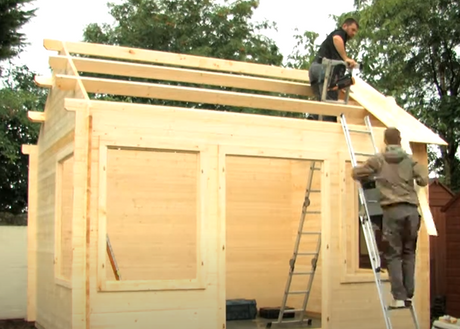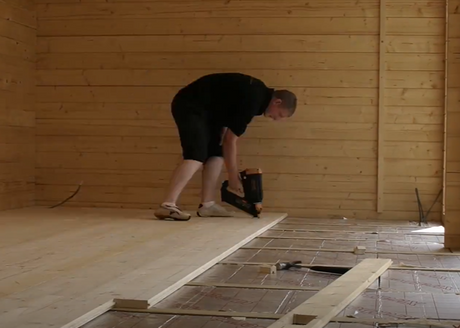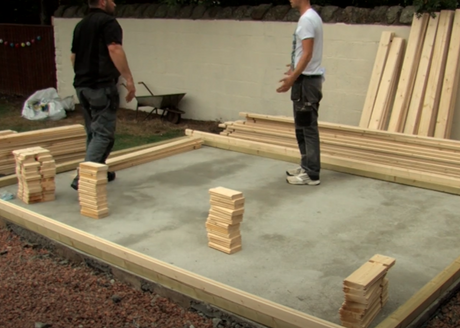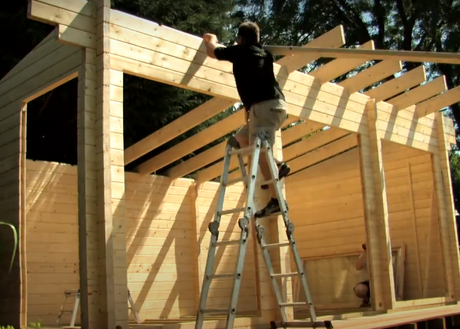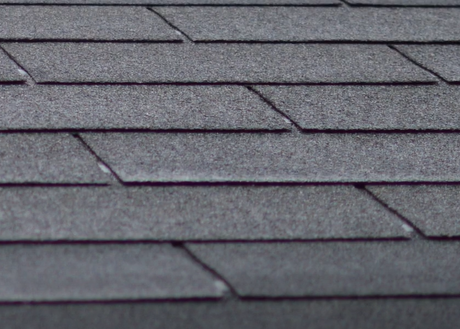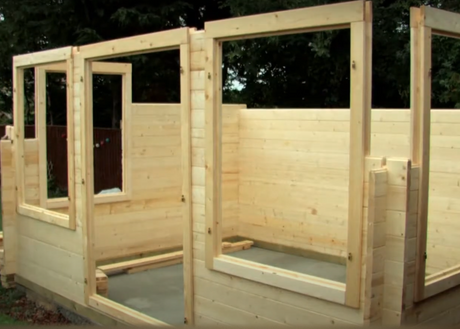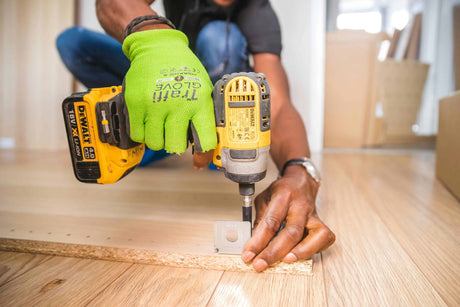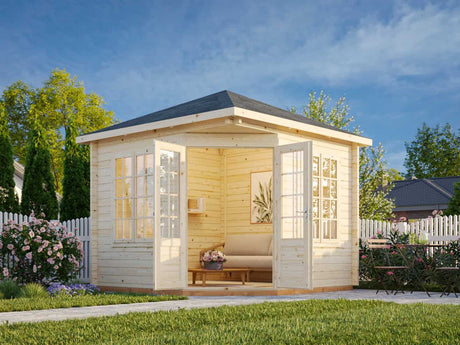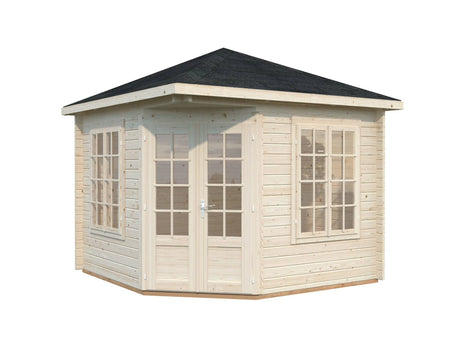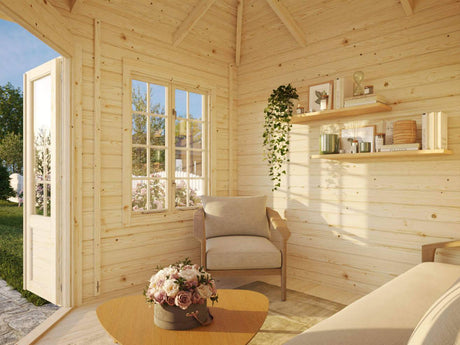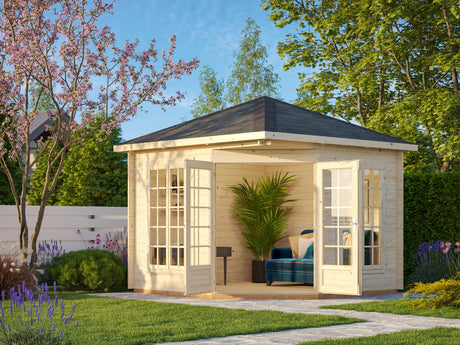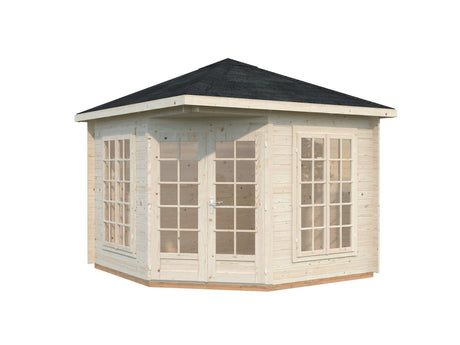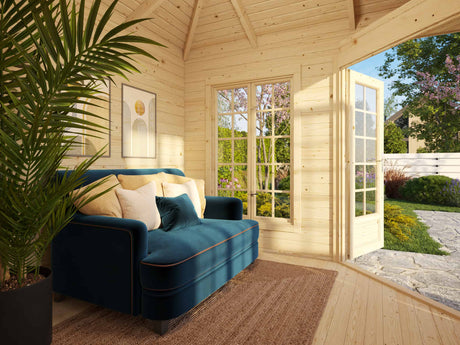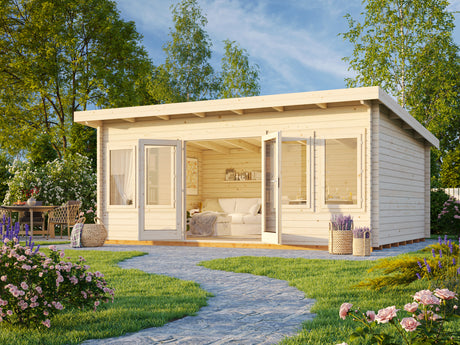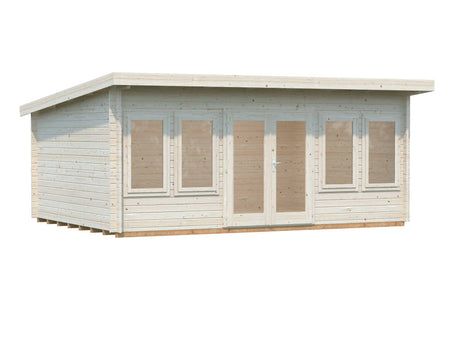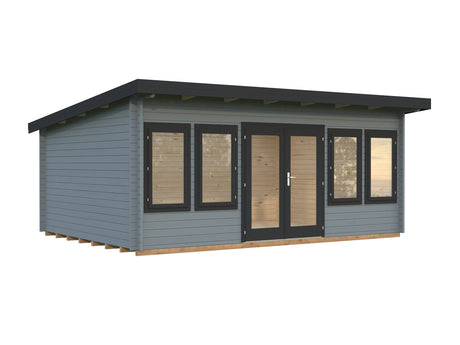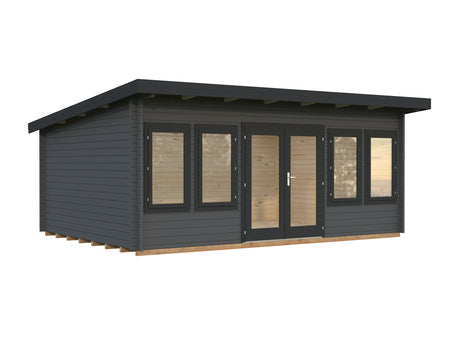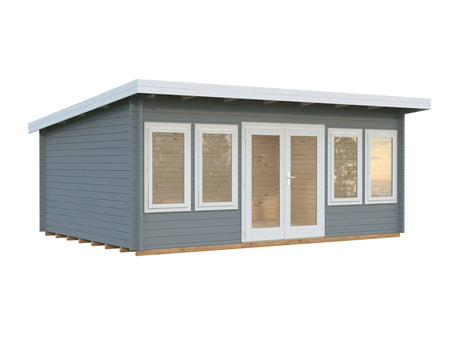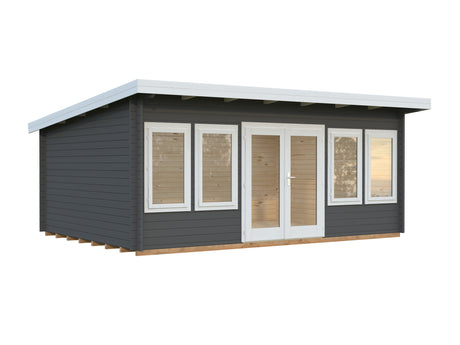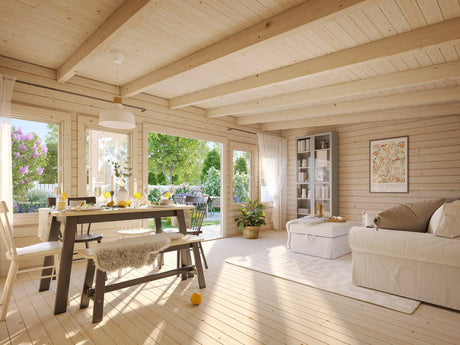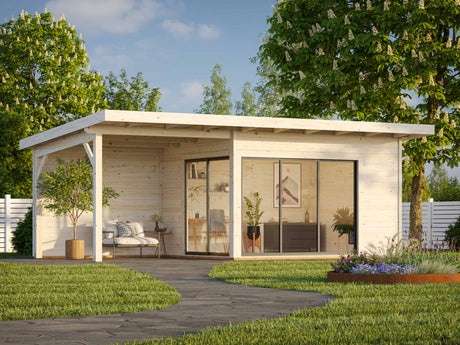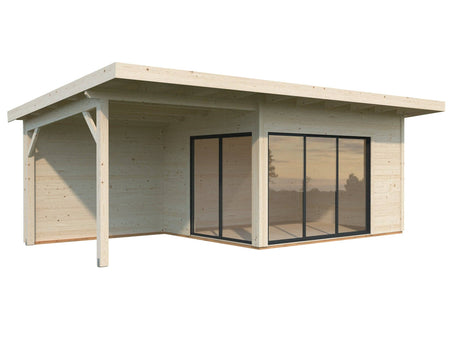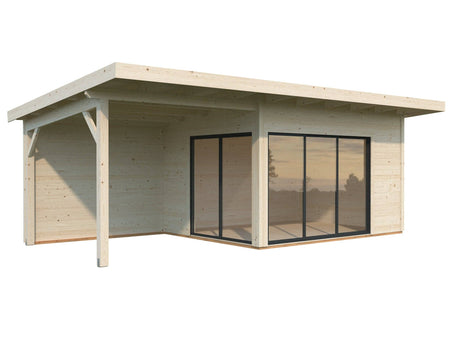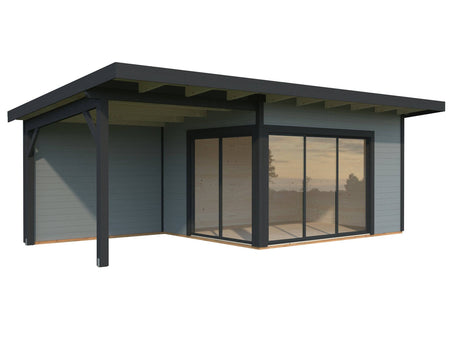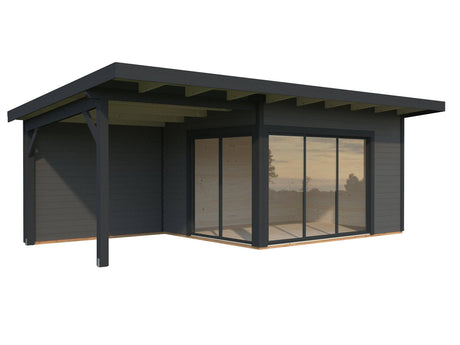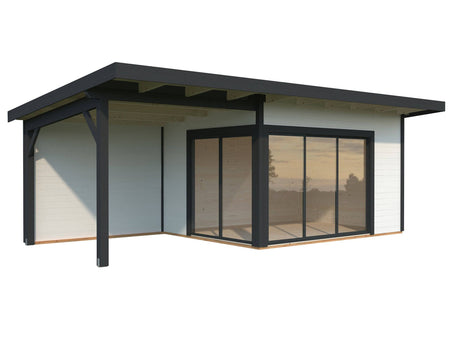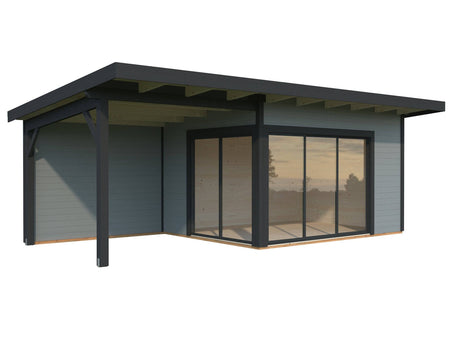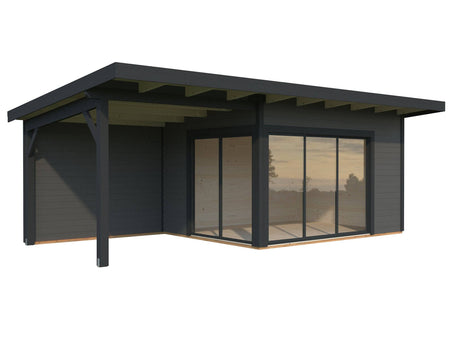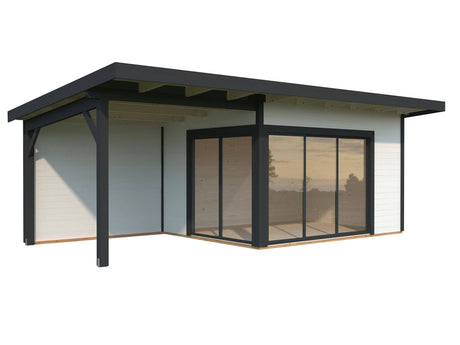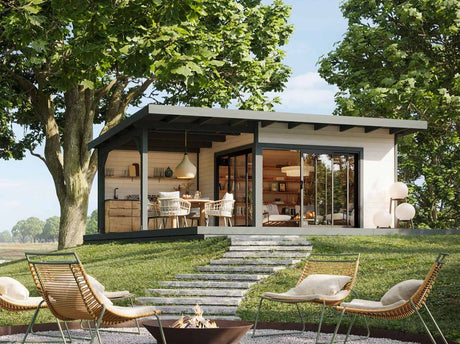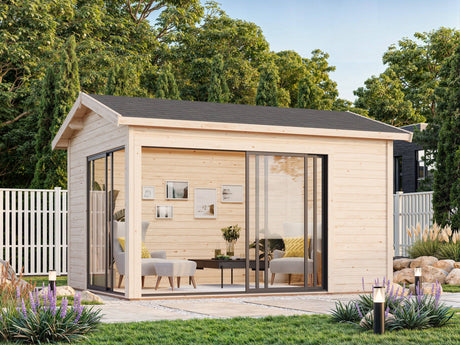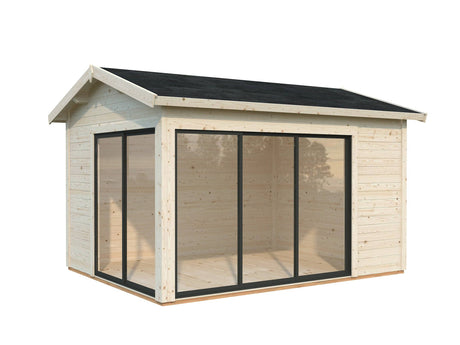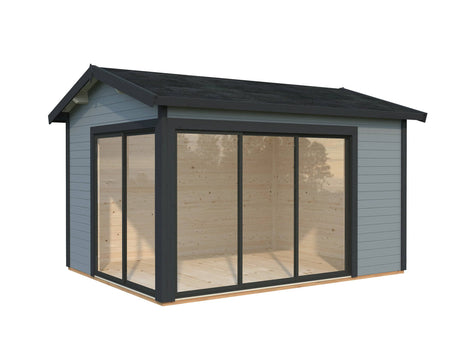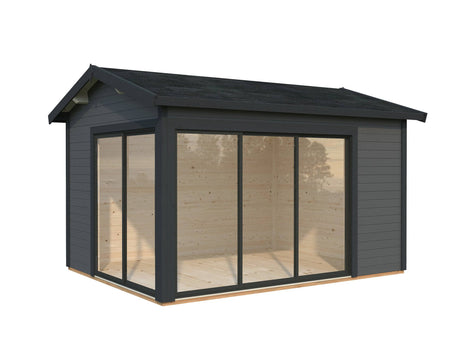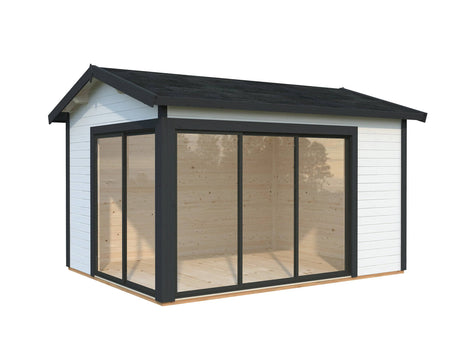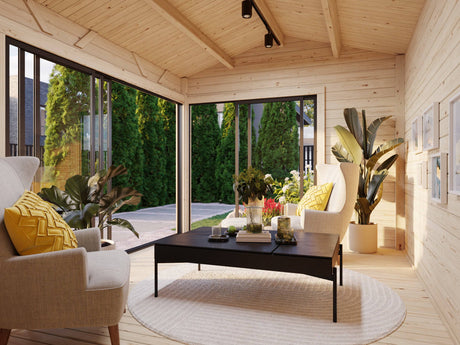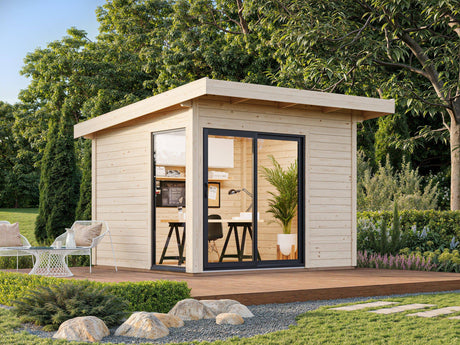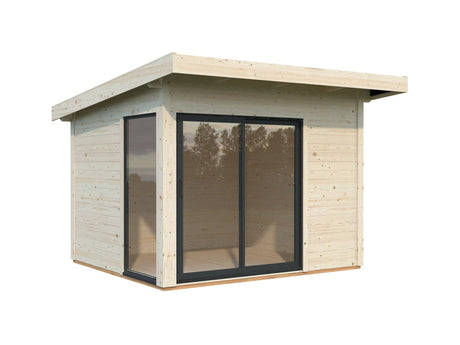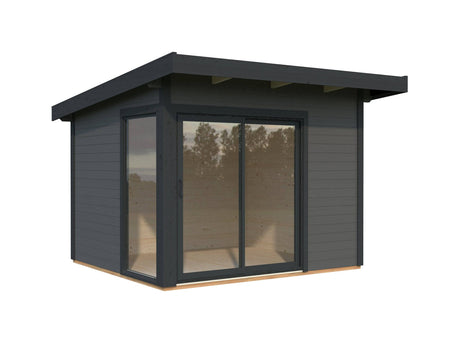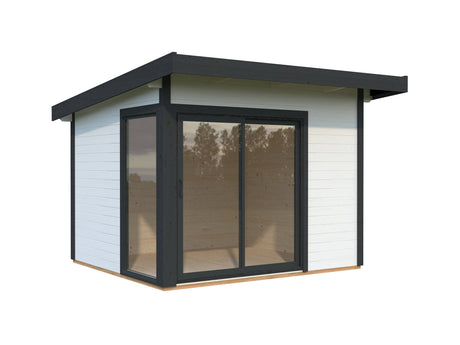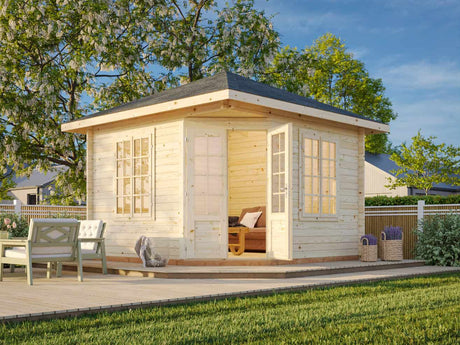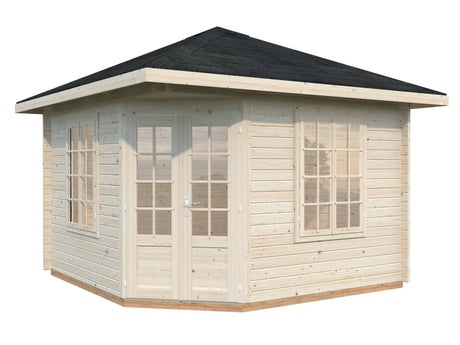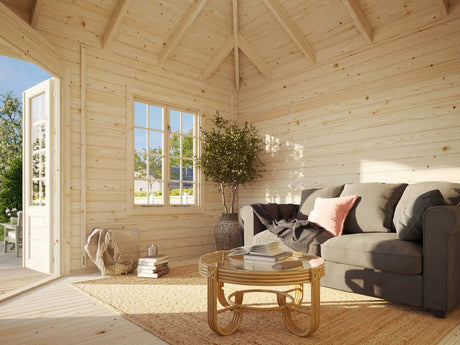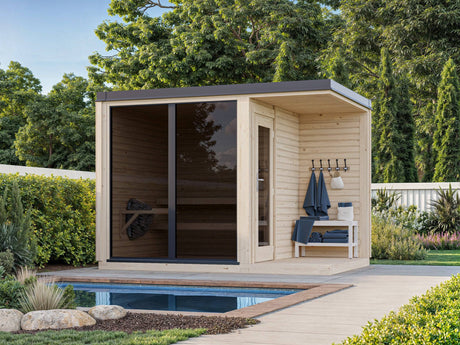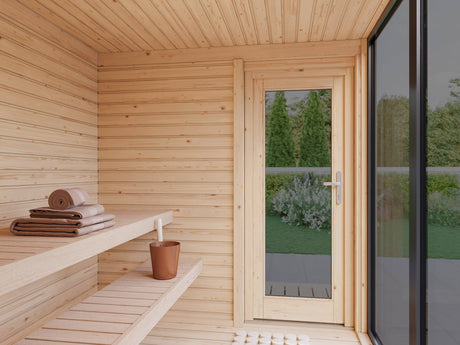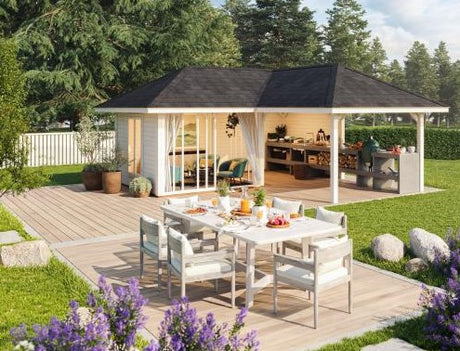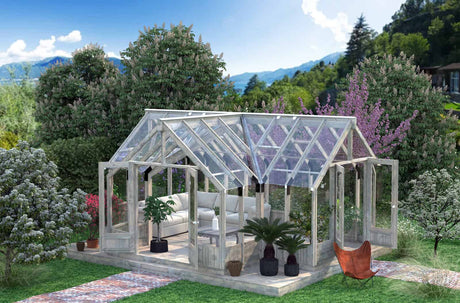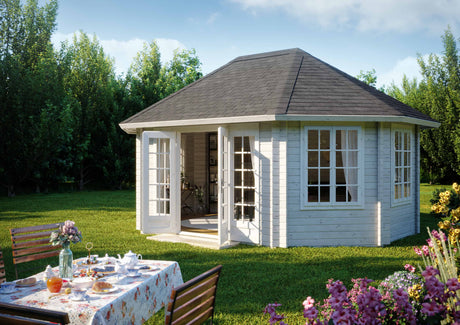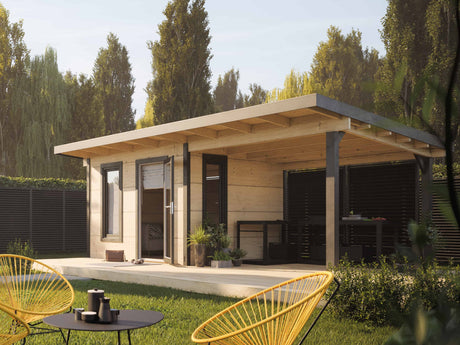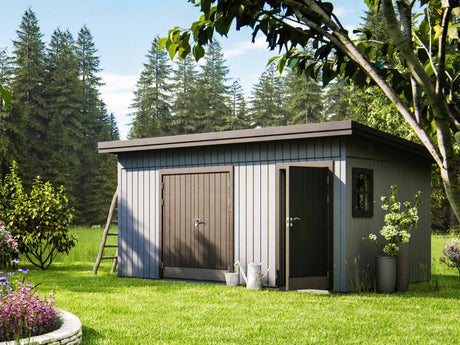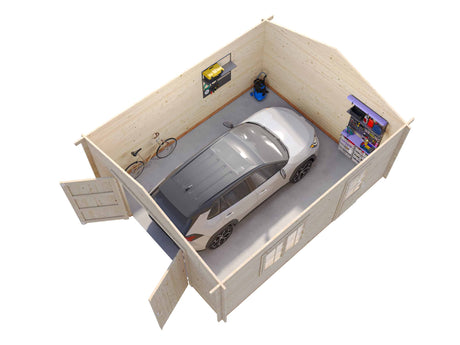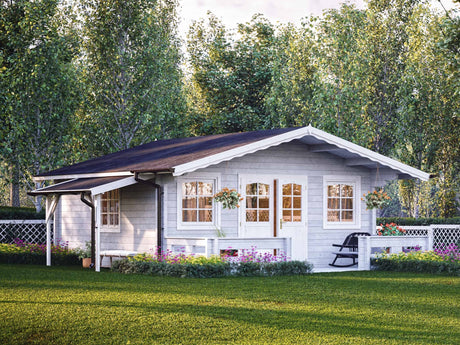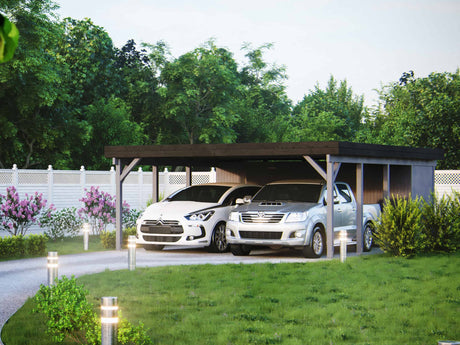In these times of austerity it can be hard to get a foot on the property ladder. However, if you’ve been lucky enough to save up a house deposit, have a mortgage deal agreed, and worked through the often stressful purchase of your first home with solicitors, then you can look forward to putting your own mark on your new house and garden.
If you’re on a tight budget then you may have to do things on the cheap, but even with a small back garden and next to no money to spend, with a bit of effort and patience you can still create a beautiful and affordable garden to enjoy throughout the year. So here are six essential tips to help you create a stunning garden on a tight budget (or even for free):
- Waste not want not – make free compost
- Salvage and reuse – recycling is free
- Nature’s bounty is free – collecting free seeds
- Can’t see the wood for the trees – finding trees and plants for free
- Two for the price of one – multiplying plants for free
- Always be on the look out – one persons trash is another’s treasure
1. Waste not want not – make free compost

First of all, if you’re going to be gardening (even low maintenance gardening with very few plants) you’ll still need compost to enrich your soil and help maintain healthy plants. Many councils offer free or subsidised composting bins to encourage home composting. Get online or ring your local council and ask about free or discounted compost bins.
If that option isn’t available there are lots of cheap and even free ways to build your own compost bin. Believe it or not, there are blogs and entire websites that dedicated themselves to the subject, and as a result there are lots of different suggestions on how to build your own compost bin (often without requiring power tools or new materials).
Once you’ve built your compost bin you can add grass clippings, vegetable peelings, leaves – anything that naturally biodegrades (with the exception of meet, as that will smell terrible and encourage flies and vermin). If your compost is looking a little dry just pour some water on to help it along. It will take a while to get going, but after a year you can give your compost bin a stir and you should find you have your very own free supply of high quality compost – you can use this fertile soil in plant pots, to plant out herbs, enrich flower beds, top up hanging baskets or even rake it over your lawn to help give it a free feed.
There are also a couple of other ways to fertilise your beds for free. One is to carefully grab a handful of nettles, put them in a breathable bag or sack, and immerse them in a watering can. Leave them for a few days and you will then have nitrogen-rich water to pour over your pots and plants (it smells a bit, but it’s free plant fertiliser)!
If you have an area of the garden that has poor quality soil, or a section of vegetable patch that will be left vacant over the winter, try to get your hands on some vetch seeds. A member of the legume family, vetch actually puts nitrogen back into the soil, making it more fertile for other plants (and once it’s done its job, you can just dig it into the ground as extra mulch).
2. Salvage and reuse – recycling is free
Whilst the bugs in your compost bin are silently doing their thing, you can consider how to reuse some everyday items to liven up your new budget garden. If you have a spare pallet available you can turn it into a vertical planter to rest against a wall, use the wood to make a small raised pond, or reuse the timbers to build a raised bed or vegetable patch.

You can also use old kitchen bowls, bottles, wellies, jam jars or colanders as hanging baskets or plant pots – when planted out they really add rustic charm to a garden (and don’t worry if they look too ‘new’ when you first add them to the garden, they’ll soon weather and blend in).

And what about an old kitchen sink? If it’s a container and you can put drainage holes in, then you can plant in it!
3. Nature’s bounty is free – collecting free seeds
When it comes to planting out an affordable garden on a tight budget a quick trip to the local nursery or garden centre can send a shiver up the spine. Even small plants can cost a fortune and a few packets of seeds or bulbs won’t leave much change from a ten pound note. There are however plants growing all around us, and nature doesn’t cost anything.

According to a recent study “more than 700 species of wild plants – almost half of the native flora of the British Isles – are found on road verges”. If you can get out for a walk in the countryside in late summer (or even stop in a lay-by with a verge) you could carefully pick a few seed heads from some of the more common native flowering plants, such as poppy, plantain, red campion, oxeye daisy, teasel and burdock for your own garden meadow or flower bed (but please check the varieties first, be careful not to trample on flowers or take seeds from endangered species). Whilst you’re out and about you can also collect acorns, conkers and other native tree seeds – it’s slow growing from seed, but it’s also heartening knowing that you’re responsible for planting what some day may be a great oak or horse chestnut tree.
If neighbours have gardens you can check to see if they have any plants in seed, or if they have any plants to spare (many plants are happy to be split in two – more about this little trick below). If the neighbours can’t help, check to see if there are any allotments in the local area and get in touch with them, they may well be able to provide some free or discount seeds to help you get growing.
If you want to plant fruit and veg in your garden you can always start by taking the seeds from the items you regularly buy in your super market shop (such as cucumber, tomato, pepper, hazel nuts, berries and cherries, however don’t plant apple seeds as they don’t breed true).
4. Can’t see the wood for the trees – finding trees and plants for free

Trees for free? If you are able to get into the countryside in spring look for fresh green grown on elderflowers – if you snip off a few cuttings and pop them into some compost you’ll have your own free elderflower saplings the following year (a native to the UK, the tree attracts bees and butterflies, and you can make your own elderflower cordial or wine).
Likewise, in winter you can snip off the youngest branches from willow trees and simply stick them into your garden where you would like your free willow tree to grow – it’s really that simple (although don’t place them too close to the house as they need room to grow and have quite aggressive roots, also, upright varieties such as goat, crack and golden willow work best).
In built up areas you often see plants and even saplings growing out of gutters and cracks in the pavement. A common site in towns and cities is also buddleia (or butterfly bush). In late summer the plant can get quite bushy and will be covered in large highly-scented lowers which are like magnets to butterflies and other nectar seeking insects.
5. Two for the price of one – multiplying plants for free

Another really important budget gardening tip (touched upon above) is to be on the lookout for plants that you can divide. If you can get hold of some of these plants for free that’s great, but if you do find that you have to buy plants the following represent brilliant value for money (and they are more affordable too):
- Hosta – an easy to grow flowering plant with large green leaves that likes light to medium shade. It’s great for covering bear patches of soil and you can literally slice the plant in two in the autumn and double the amount you have year on year!
- Iris – another easy to grow flowering plant that is evergreen and has upright tapering leaves. As it gets bigger it can be dug up and the stems and bulbs can be separated and planted out – another way to increase how many plants you have for free.
- Bergenia – an evergreen plant with large waxy green leaves and pink flowers on rhubarb-like stalks. It’s perfect for ground cover and as with the iris, you can dig it up in autumn and break it into more plants, which is great if you’re working with a shoestring budget.
- Bamboo – a beautiful evergreen that’s great for hedging, borders or as a backdrop. There are two types of bamboo: 1. Spreading – these plants send out runners that grow into new plants which can be dug up and planted elsewhere in the garden. 2. Clump-forming – the new clumps of bamboo that grow close to the base of the original plant can be dug up and moved. If you opt for the spreading variety in a bed it’s best to plant the bamboo in a large pot, then place the pot in the bed (just to stop it from spreading too much).
- Foxgloves – a tall flowering plant with pink and white bell-shaped flowers that’s easy to grow. Foxgloves can’t be split but they produce copious amounts of seeds that will allow you to spread the plants throughout your garden (definitely a friend of budget garden design).
- Ferns – as with foxgloves these can’t be split, but fern spores get everywhere, which means that even without trying you will likely find fern plants freely populating your garden every year.
If you need some advice on planting, or some ideas to help with inspiration don’t forget to check out some of the professional gardens in your area (you can’t get enough tips from the pros)!
6. Always be on the look out – one persons trash is another’s treasure

Lastly, when you’re out and about keep an eye out for materials you can use or reuse for free. Designing a garden isn’t just about plants – ornaments, drift wood, rocks, boulders, old furniture, rope and many other items that are chucked out or overlooked can be used to add colour, texture, shape or a focal point to your budget garden design.
Farmers don’t want large rocks or boulders damaging their plough, so you can often find lovely boulders along field boundaries (the type of thing a garden centre would charge over a £100 for). Likewise a trip to the beach can result in a collection of different coloured rope and pebbles for a birdbath or small pond (and don’t forget, seaweed is a brilliant fertiliser, so grab some whilst you’re there to top up your compost bin).
So with a bit of creativity, patience, a few recycled materials, free seeds and trees, plus plants that multiply year on year – you should be well on your way to planting out your beautiful new garden even on the tightest of budgets. And if you manage to save a few pennies as a result of your budget garden planning, you can always put them towards a discount garden building!


